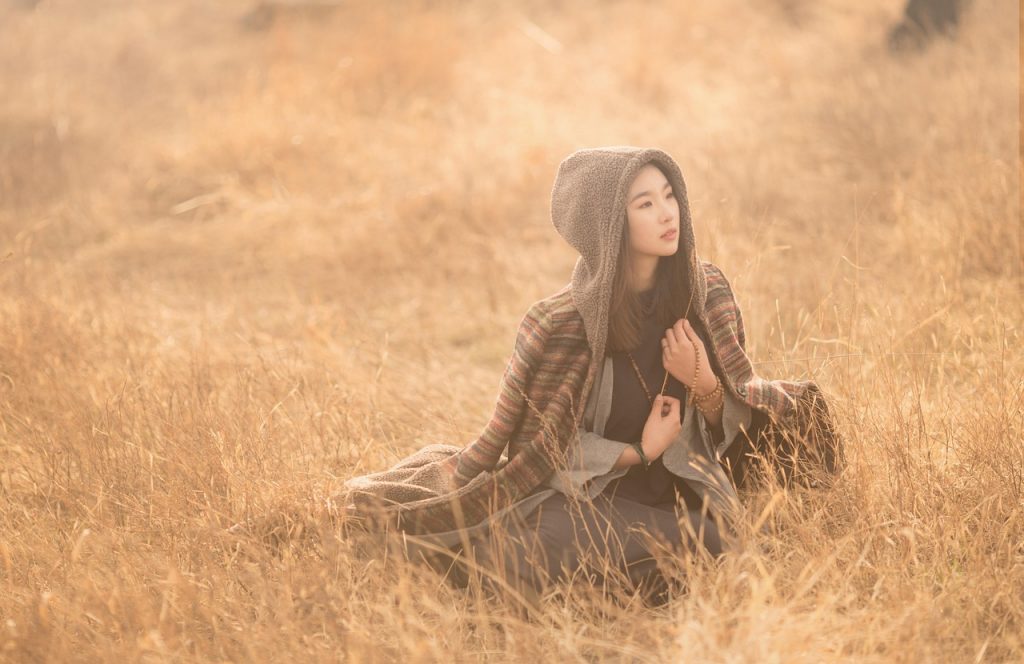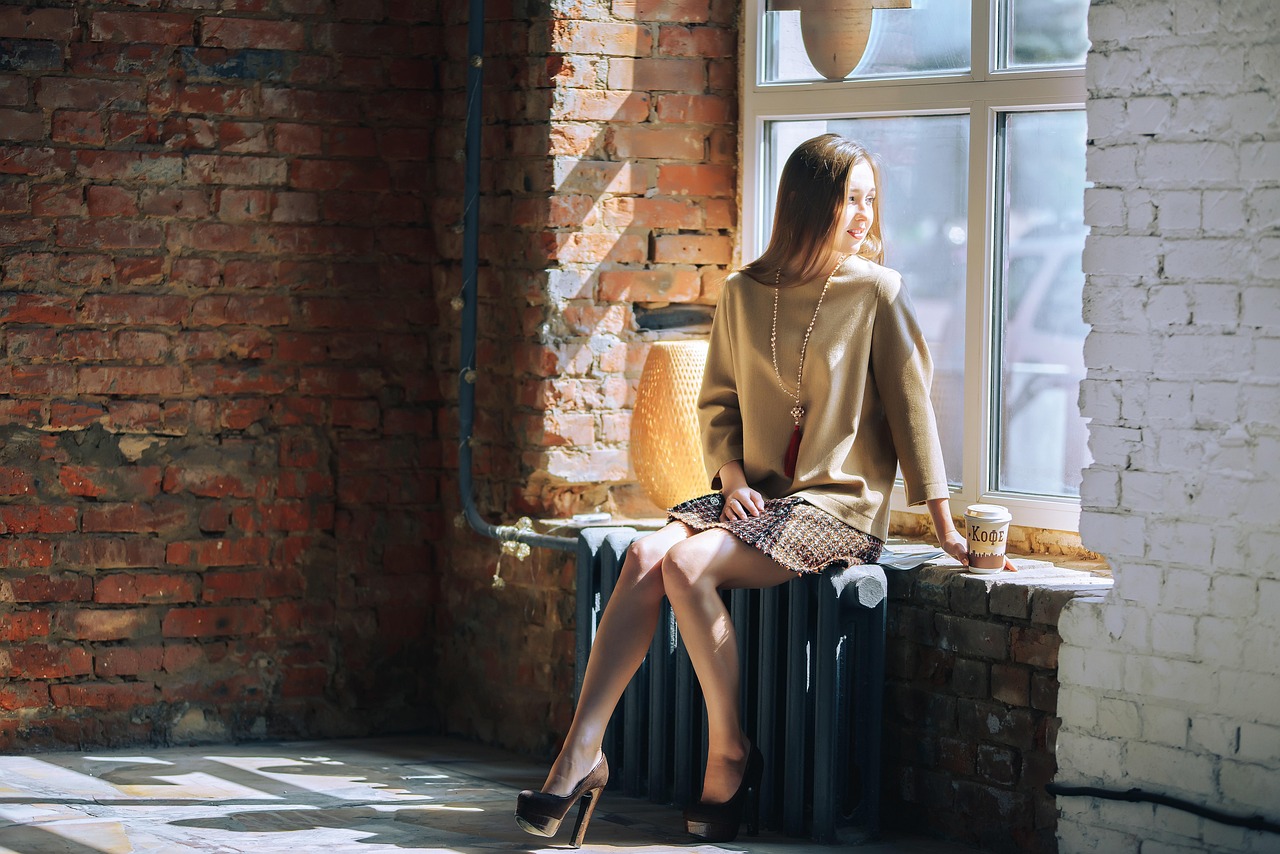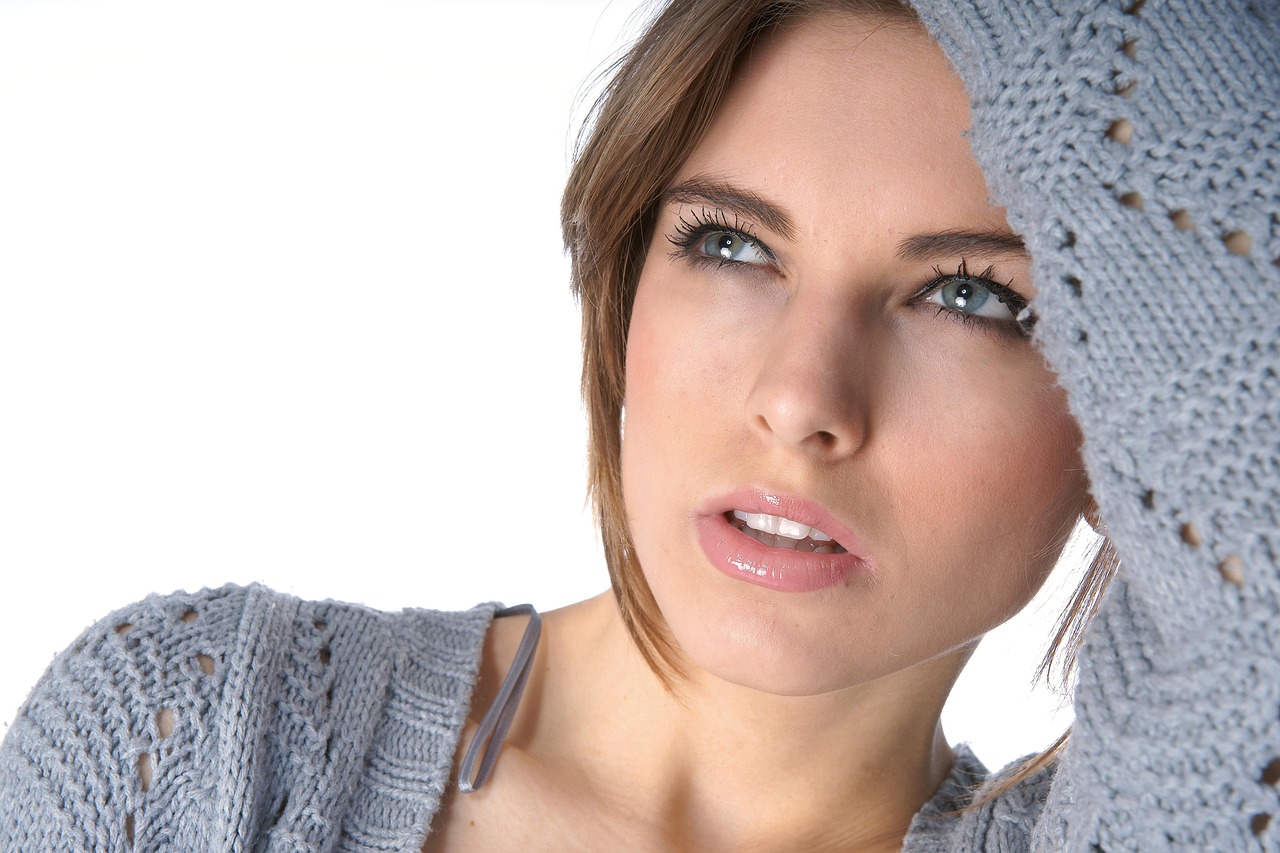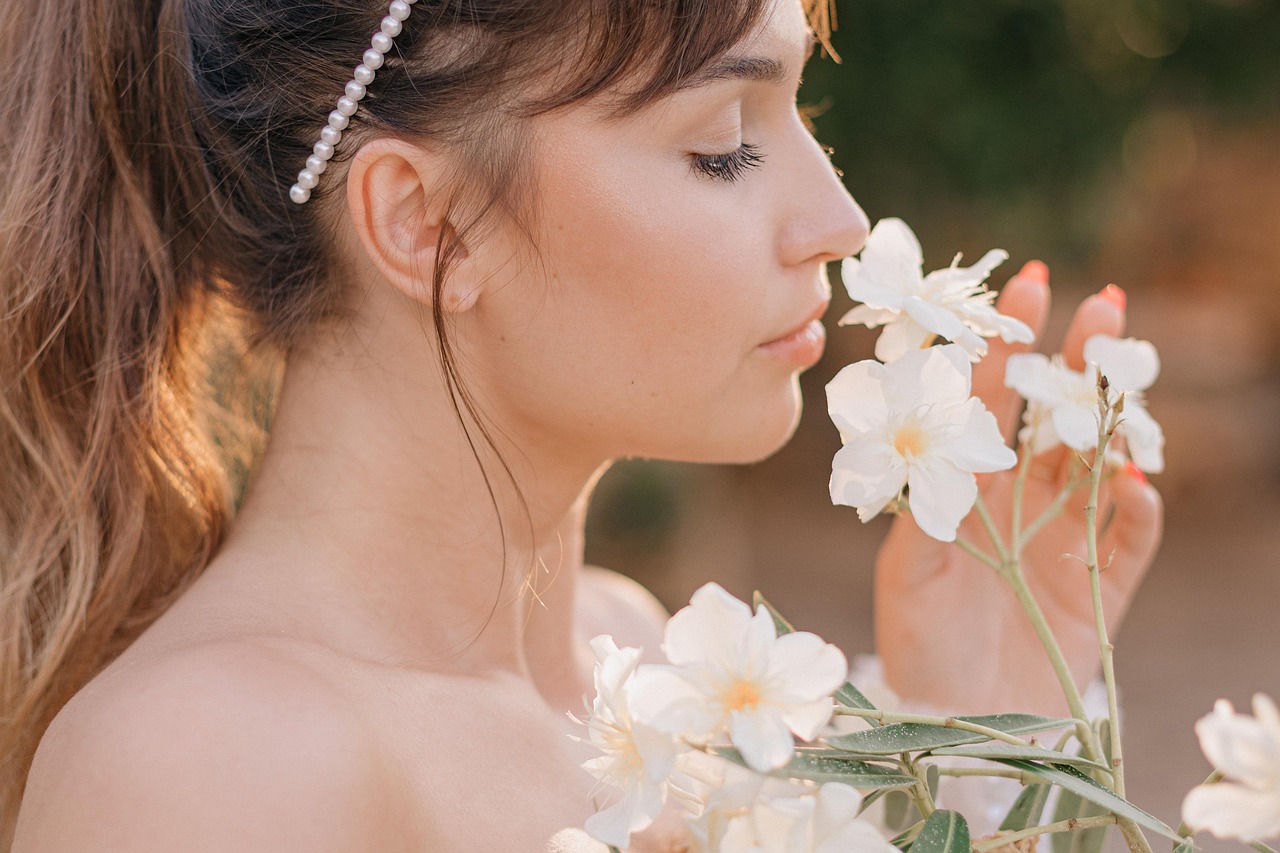Breaking the Mold: How New Beauty Trends Are Changing the Industry
Introduction: The Evolution of Beauty Trends
The beauty industry is in the midst of a revolution. No longer confined to rigid standards of perfection or a limited range of products, beauty trends are becoming more diverse, sustainable, and inclusive. From bold new movements driven by social media influencers to the increasing demand for eco-friendly products, the landscape of beauty is shifting. In this article, we’ll explore how these emerging trends are reshaping the beauty industry, changing the way we view beauty itself.
The Role of Social Media in Beauty Trend Adoption
Social media platforms have become powerful catalysts for new beauty trends. Instagram, TikTok, and YouTube serve as both stages for influencers and arenas where trends are born. What was once a slow evolution of beauty styles has now become an almost instantaneous global phenomenon.
Influencers and Their Impact on Beauty Standards
In the past, beauty standards were largely dictated by traditional media outlets such as magazines and TV. Today, influencers hold sway, particularly in shaping what is considered “on-trend.” By creating tutorials, product reviews, and “get-ready-with-me” videos, influencers are introducing their followers to new ways of enhancing their looks.
This shift has led to the democratization of beauty, where anyone with a smartphone can impact global beauty trends, breaking away from previously inaccessible beauty ideals.
Viral Challenges and User-Generated Content
Viral challenges on platforms like TikTok have also contributed to the rapid rise of new beauty trends. For example, makeup tutorials that challenge traditional techniques, such as the viral “soap brows” trend, show how small, seemingly insignificant changes can explode in popularity.
User-generated content, where everyday people share their beauty routines or new products they’ve discovered, further accelerates the trend cycle and creates a more democratic approach to beauty.
Sustainability: The New Face of Beauty
As awareness about environmental issues grows, consumers are increasingly demanding sustainable beauty solutions. This has led to a paradigm shift in the beauty industry, as both brands and consumers push for cleaner, greener, and more ethical products.
Eco-Friendly Packaging
One of the most visible shifts has been in packaging. Brands are turning to recyclable, biodegradable, and reusable materials for their product packaging, signaling a move away from single-use plastics. Companies like Lush and Fenty Beauty have championed sustainable packaging, incorporating refillable options and minimizing waste.
Clean Beauty Products: A Step Toward Transparency
Consumers are also becoming more discerning about the ingredients in their products. Clean beauty—products free from harmful chemicals, toxins, and synthetic fragrances—has moved from niche to mainstream. Brands are now focusing on transparency in their ingredient lists, allowing consumers to make informed decisions about what they are putting on their skin.

Diversity and Inclusivity: The Beauty of Representation
Another pivotal shift in beauty trends is the growing focus on diversity and inclusivity. This includes not only a broader range of skin tones being represented in makeup lines but also an acknowledgment of different body types, gender identities, and cultural practices.
The Rise of Multicultural Beauty
As consumers become more globally connected, multicultural beauty is gaining prominence. Brands are increasingly incorporating ingredients and practices from diverse cultures, recognizing the importance of celebrating different beauty traditions from around the world.
Expanding the Definition of Beauty
The push for inclusivity has also led to an expanded definition of beauty. What was once considered the “standard” is now seen as just one of many variations. Beauty is no longer limited to a specific body type, skin color, or facial feature. Instead, it’s about embracing uniqueness and celebrating individuality.
Tech Innovations Shaping the Future of Beauty
Technology is playing a crucial role in the transformation of the beauty industry. From artificial intelligence (AI) to augmented reality (AR), innovations are enhancing both the consumer experience and product development.
AI and Personalized Skincare
AI-powered skincare solutions are transforming the way we approach skincare routines. Brands like Olay and Proven have launched platforms that use AI to analyze users’ skin and recommend personalized products. By taking into account factors like skin type, age, and environmental influences, these innovations offer a tailored approach to skincare.
Augmented Reality and Virtual Try-Ons
Augmented reality (AR) technology is revolutionizing the way consumers shop for beauty products. Virtual try-ons allow customers to test products such as lipstick, eyeshadow, and foundation before making a purchase. This not only improves the shopping experience but also reduces waste, as consumers can make more informed choices.
Gender-Neutral Beauty: Breaking Barriers
The beauty industry has traditionally been divided along gender lines, with products marketed separately to men and women. However, a new wave of gender-neutral beauty products is challenging these norms and catering to a more inclusive audience.
The Emergence of Unisex Beauty Products
Brands are increasingly offering products designed to be used by everyone, regardless of gender. From skincare to cosmetics, these unisex products are breaking down the barriers that have historically separated men’s and women’s beauty routines, allowing individuals to embrace a more fluid approach to beauty.
The Impact of Wellness on Beauty Trends
Wellness and beauty are becoming intertwined, with many people now viewing beauty as a reflection of overall health. This has led to new trends where inner well-being plays a central role in enhancing outer appearance.
Beauty from Within: The Gut-Skin Connection
One of the most significant trends in recent years has been the growing awareness of the gut-skin connection. Research suggests that gut health plays a crucial role in the appearance of our skin. As a result, many people are turning to probiotics, prebiotics, and other gut-friendly foods to promote a clearer complexion.
Mindfulness and Beauty Rituals
Mindfulness practices, such as meditation and yoga, are increasingly being incorporated into beauty routines. These practices focus on reducing stress, which in turn can lead to clearer skin and a more radiant appearance. Beauty is no longer just about external products but also about internal well-being.
Conclusion: The Future of Beauty Trends
The beauty industry is undergoing a massive transformation. New trends are challenging old norms, with a focus on sustainability, inclusivity, and innovation. As consumers continue to seek products and experiences that reflect their values, the future of beauty is bound to be more diverse, sustainable, and tech-savvy than ever before.
The future of beauty is about embracing change and finding what works best for each individual. As we continue to push boundaries, one thing is clear: beauty is no longer just skin deep.
FAQs
1. What are clean beauty products?
Clean beauty products are those that are made without harmful chemicals, artificial fragrances, or synthetic ingredients. They focus on natural, non-toxic formulations that are often cruelty-free and environmentally friendly.
2. How are influencers shaping beauty trends?
Influencers are shaping beauty trends by showcasing new products, techniques, and tutorials on social media platforms. Their vast reach and ability to connect with audiences have made them key players in the evolution of beauty standards.
3. What is gender-neutral beauty?
Gender-neutral beauty refers to products that are not specifically marketed toward one gender but are designed to be used by anyone. These products aim to break down traditional beauty barriers and promote inclusivity.
4. How does technology influence the beauty industry?
Technology influences the beauty industry through innovations like AI-driven skincare recommendations and AR virtual try-ons, allowing consumers to have more personalized and interactive beauty experiences.
5. Why is sustainability important in beauty?
Sustainability in beauty is crucial because it reduces environmental impact. Consumers are increasingly demanding eco-friendly packaging, clean ingredients, and ethical practices from brands to help preserve the planet.




